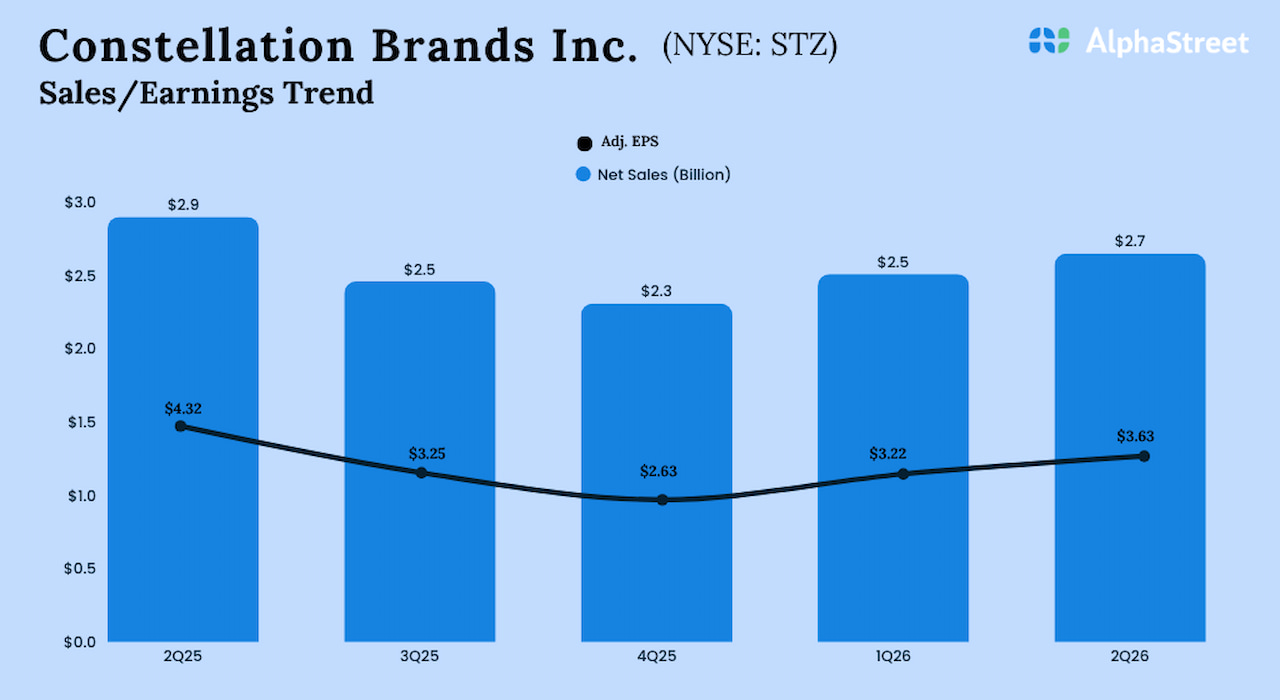Acquihires have become the defining deal shape of 2025. Startups are buying startups for the people, not the products, often via “hire-and-license” arrangements that move fast, dodge red tape, and scoop up elite AI talent.
In this article, I unpack why acquihires are surging, how founders are deliberately positioning teams as irresistible talent targets, and the playbook investors use to turn shaky runways into soft landings and standout outcomes for founders.
#mc_embed_signup{background:#fff; false;clear:left; font:14px Helvetica,Arial,sans-serif; width: 600px;}
/* Add your own Mailchimp form style overrides in your site stylesheet or in this style block.
We recommend moving this block and the preceding CSS link to the HEAD of your HTML file. */
Sign Up for The Start Newsletter
(function($) {window.fnames = new Array(); window.ftypes = new Array();fnames[0]=’EMAIL’;ftypes[0]=’email’;fnames[1]=’FNAME’;ftypes[1]=’text’;fnames[2]=’LNAME’;ftypes[2]=’text’;fnames[3]=’ADDRESS’;ftypes[3]=’address’;fnames[4]=’PHONE’;ftypes[4]=’phone’;fnames[5]=’MMERGE5′;ftypes[5]=’text’;}(jQuery));var $mcj = jQuery.noConflict(true);
The Increasing Prevalence of Acquihires in the 2025 M&A Landscape
An acquihire is an acquisition done primarily to secure a startup’s people, not its products, customers, or revenue. They’re often structured as an asset purchase with rich retention packages for the team.
In the past year, Silicon Valley popularized a faster, lower-friction variant sometimes called a “reverse acquihire” or “hire-and-license”: the acquirer hires the founders and key staff and signs a non-exclusive license to the startup’s IP instead of buying the whole company. This keeps deals below classic merger thresholds and speeds up access to scarce talent.
Recent commentary from antitrust veterans and Big Tech reporting confirms these transactions are now commonplace across top AI labs.
Six Recent Headline Examples
Microsoft/Inflection AI (Mar 2024)
Microsoft hired cofounders Mustafa Suleyman and Karen Simonyan alongside most staff and paid about $650 million for model licensing and legal protections.
Amazon/Adept (Jun 2024)
Amazon hired Adept’s cofounders and part of the team in a similar deal to the Microsoft-Inflection move.
Amazon/Covariant (Aug 2024)
Amazon hired all three founders and licensed Covariant’s robotic foundation models.
Google/Character.AI (Aug 2024)
Along with a roughly $2.7 billion licensing deal, the founders joined Google.
Google/Windsurf (Jul 2025)
After OpenAI’s rumored $3 billion acquisition collapsed, Google licensed Windsurf’s tech for roughly $2.4 billion and hired its CEO and R&D leaders.
Meta/Scale AI (Jun 2025)
Meta took a 49% stake (roughly $14.8–$15B) and hired Scale founder Alexandr Wang to spearhead its superintelligence unit, a move that’s been widely described as a mega-acquihire-style deal.
AI M&A is running hot
There are reports of record numbers of AI mergers and acquisitions in Q2 2025 (177 deals, roughly double the quarterly average since 2020). And it’s not only Big Tech driving acquihires, as startups are also buying other startups again: there were 427 such deals in H1 2025, up 18% YoY, per Crunchbase analysis.
Verizon Small Business Digital Ready
Find free courses, mentorship, networking and grants created just for small businesses.
The Forces Fueling the Surge of Acquihires
The intense AI talent war
This is the #1 driver. The largest platforms are racing to secure small, tight-knit teams with frontier model chops (genAI, agentic systems, robotics, RL, coding models). With 83% of businesses stating AI is the top priority in their business plans, this demand for talent is only going to increase.
Reverse acquihires give companies immediate access to the people and know-how without a long integration or a long regulatory review that would hold up a full merger or acquisition.
Regulatory arbitrage: avoiding merger reviews
EU and U.S. watchdogs are now openly signaling they’ll scrutinize “acquihire” deal structures, especially where teams and licensed IP move together. Europe’s competition chief has urged member states to call in below-threshold deals for EU review. In the U.S., the DOJ is probing Google’s Character.AI agreement.
Speed over everything
Classic M&A can take months and invite public scrutiny. The hire-and-license pattern closes faster, delivers the talent now, and lets acquirers iterate while lawyers and regulators are still circling. That urgency is visible across recent deals and coverage of Big Tech’s escalating talent arms race.
Financial efficiency (for buyers)
For a cash-rich platform, buying a cohesive senior team can be more predictable than a long recruiting slog, especially when the deal bundles retention, non-competes, and a license to ship product immediately. Often, richer, broader retention incentives flow to rank-and-file employees than in classic M&A.
Startup vulnerability in 2025’s market
Funding is still selective; IPOs are sporadic; and many GenAI pilots have stalled in production. That leaves a long tail of technically superb teams with short runways—and acquirers ready to pounce:
Enterprise pilots stall: New surveys and reporting point to widespread pilot fatigue and reliability hurdles slowing rollouts; an MIT-linked analysis pegged 95% of genAI pilots as failing to scale.
Macro M&A pattern: Overall deal values are up even as volumes remain choppy, which is another sign buyers are selective and tactical.
Soft landings: When a full sale isn’t feasible, acquihires can salvage value, ensure jobs, and return some capital, though outcomes vary widely by deal. The Windsurf saga shows both the upside for founders and the whiplash for employees when deals split teams and equity.
The win-win (and the catch)
Founders often land senior roles, large stock grants, and the platform to scale ideas they couldn’t fund alone. Investors may recoup a portion via licensing fees or structured consideration. Employees sometimes benefit from higher salaries and new equity, though some deals have controversially paid cash in lieu of unvested equity to keep teams stable, a choice that can divide staff sentiment.
But concentration risks are real. Regulators fear that these deals consolidate the best AI talent and experimental IP into a handful of platforms, narrowing future competition.
Best Practices for Founders Navigating the Acquihire Moment
Plan for an acquihire as a real exit path
Add acquihire scenarios to your board-level “optioneering”, alongside classic M&A, secondary sales, and a long-run independent path. This isn’t an admission of defeat: it’s risk management in a market where hire-and-license deals are a known playbook.
Make your team the asset as a ‘talent target’
Acquirers value cohesive teams with differentiated skills, e.g., agents, evals, safety/red-teaming, low-latency inference, data pipeline engineering, or domain AI (health, climate, robotics). Keep your talent graph tight: shared code ownership, clear on-call rotations, and documented internal interfaces that show how the team ships.
When the call comes, make it obvious why absorbing your team improves the buyer’s roadmap on Day 1.
Build your acquirer list with intent
Generate long lists of natural buyers in terms of attributes like product adjacency, public statements, recent team poaching, and cloud commitments. You should prioritize those with a history of retaining high performers and shipping acquired tech. Then, network quietly to test interest before the runway gets short. Yiu should also keep investors in the loop to avoid signaling risk.
Negotiate for people first (then price)
In acquihires, most value flows to employment and retention packages. Here’s how to protect your team:
Retention & roles: Lock in titles, reporting lines, remote policies, and scope. Secure signing bonuses, RSU/option conversions, and fresh equity grants with vesting aligned to restrictive covenants.
Investors: Even in hire-and-license deals, push for consideration that can return some capital or offer structured payouts from the licensing fee.
Employees’ equity: If the buyer proposes cash in lieu of unvested equity, ensure fairness and transparency. The structures that have surfaced in recent AI deals have had a major impact on morale and retention.
Nail the legal and IP hygiene
Hire experienced counsel early to validate everything you need to cover. You’ll need clean IP chains, so keep track of contractor assignments and ensure there are no contaminated OSS licenses or pre-incorporation code disputes. Legal counsel will help navigate everything related to asset-sale mechanics, since many acquihires are asset deals.
They’ll also help you keep track of issues that might occur in regard to employment law covering non-competes, immigration/visa transfers, equity conversions, tax, etc. Tighten these basics before negotiations heat up.
Prepare for regulatory Q&A
If your tech or team could be seen as competitively significant, be ready for questions, even if you’re doing a hire-and-license rather than a full acquisition. EU officials have explicitly encouraged “call-in” referrals for sub-threshold deals, and the U.S. DOJ has already opened inquiries in this space.
Don’t dismiss a ‘soft landing’
If fundraising freezes, an acquihire can preserve jobs, protect reputations, and seed your next act. Many founders end up in high-leverage roles at acquirers (and later spin out again). With AI M&A volumes elevated and new structures now mainstream, having this option at the ready is pragmatic, not pessimistic.
#mc_embed_signup{background:#fff; false;clear:left; font:14px Helvetica,Arial,sans-serif; width: 600px;}
/* Add your own Mailchimp form style overrides in your site stylesheet or in this style block.
We recommend moving this block and the preceding CSS link to the HEAD of your HTML file. */
Sign Up for The Start Newsletter
(function($) {window.fnames = new Array(); window.ftypes = new Array();fnames[0]=’EMAIL’;ftypes[0]=’email’;fnames[1]=’FNAME’;ftypes[1]=’text’;fnames[2]=’LNAME’;ftypes[2]=’text’;fnames[3]=’ADDRESS’;ftypes[3]=’address’;fnames[4]=’PHONE’;ftypes[4]=’phone’;fnames[5]=’MMERGE5′;ftypes[5]=’text’;}(jQuery));var $mcj = jQuery.noConflict(true);
Conclusion
Acquihires, especially the hire-and-license flavor, have become a defining feature of 2025’s tech dealmaking. They’re propelled by an unforgiving talent war, tight funding windows, and the need for speed.
Founders who treat acquihires as a designed outcome (not a last resort), invest in team cohesion and IP hygiene, and negotiate for people first will be best positioned to turn a turbulent market into an advantageous exit. And as regulators catch up, expect more scrutiny.
The post What’s Driving the Acquihire Startup Battleground? appeared first on StartupNation.




















